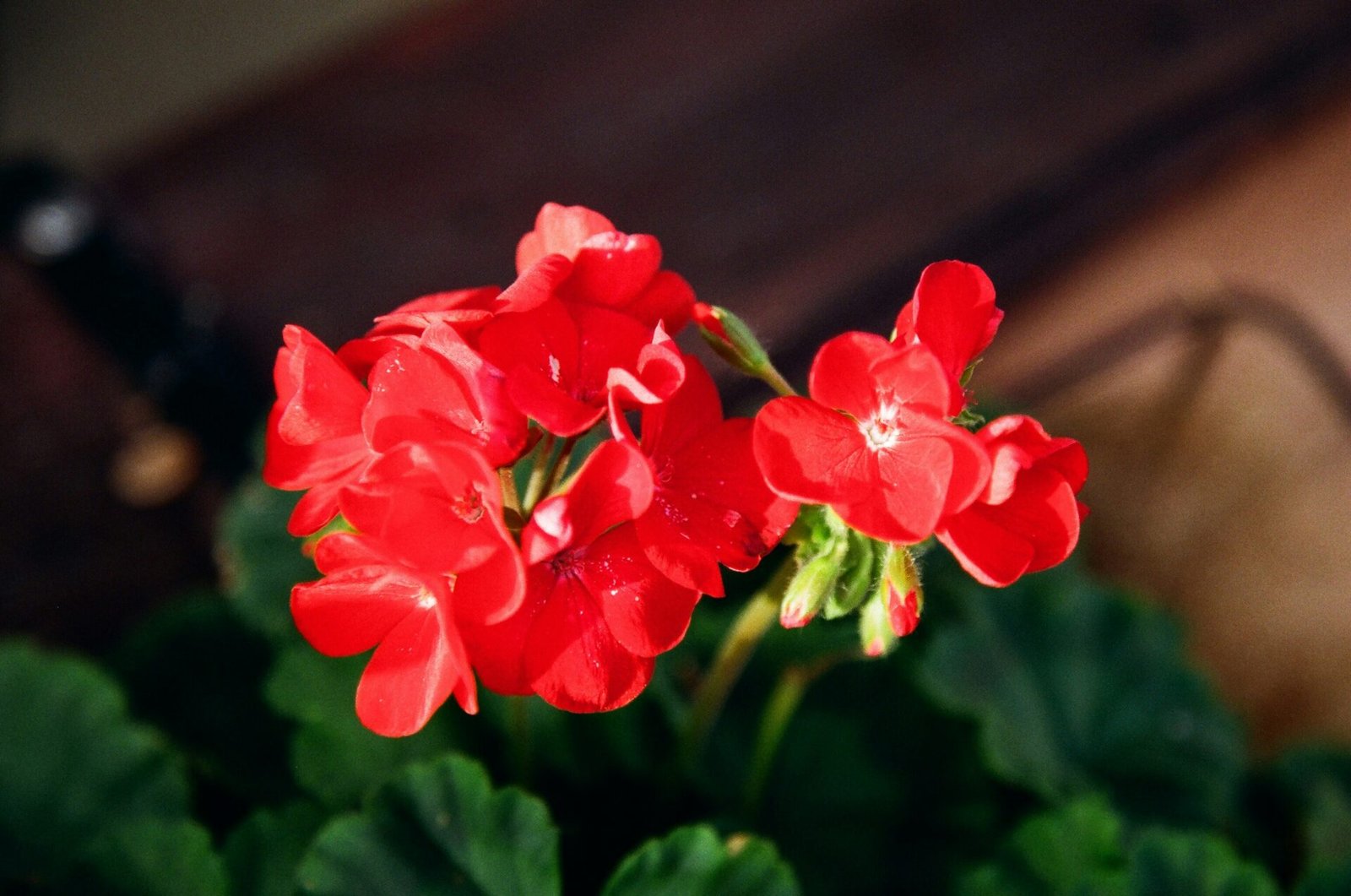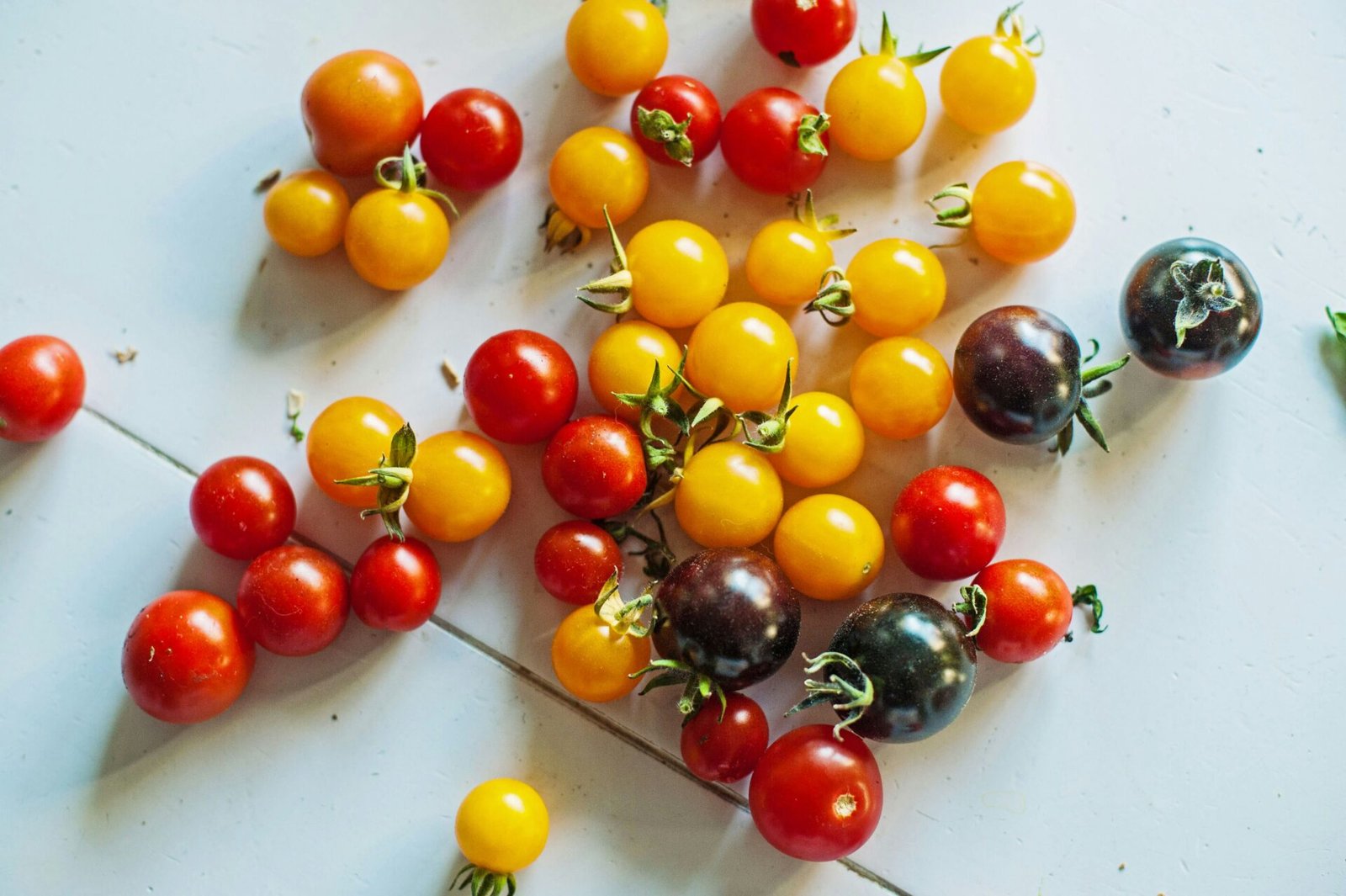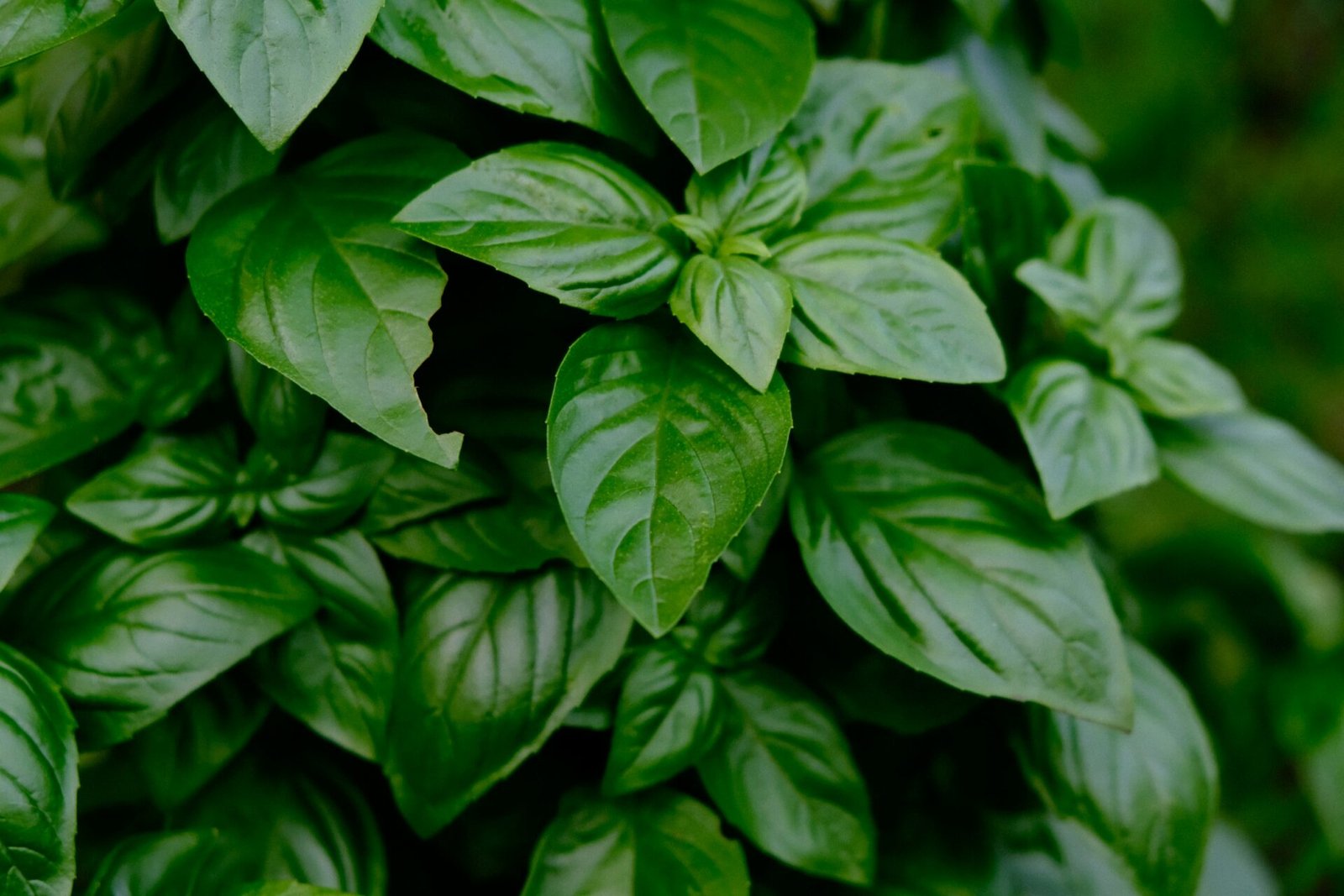Growing geraniums indoors isn’t just a gardening activity; it’s a way to bring a splash of color and a touch of nature into our homes. As a passionate gardener, I’ve found that these vibrant plants can transform any indoor space, making it feel more lively and welcoming. Geraniums, with their bright blooms and fragrant leaves, are among my favorite plants to grow inside. They’re not only beautiful but also surprisingly easy to care for, making them perfect for both novice and experienced gardeners.
In my journey of indoor gardening, I’ve gathered a wealth of tips and tricks on how to successfully grow geraniums indoors. From selecting the right pot and soil to ensuring they get enough light, there’s a lot to consider. But don’t worry, with a little bit of guidance, you’ll soon have your indoor spaces adorned with these gorgeous blooms. Let’s dive into the world of indoor geranium gardening together.
Understanding Geraniums: Types and Characteristics
After sharing my insights on the benefits and preliminary steps of growing geraniums indoors, it’s crucial to delve deeper into the types of geraniums well-suited for indoor cultivation and their key characteristics. My experiences have shown that knowledge about these aspects significantly aids in selecting the right varieties and understanding how to care for them effectively.
Popular Geranium Varieties for Indoor Cultivation
Choosing the right geranium variety plays a pivotal role in achieving indoor gardening success. Among the numerous species available, a few stand out for their adaptability to indoor environments:
- Zonal Geraniums (Pelargonium x hortorum): Recognized for their bright, round flower heads and distinct zoned patterns on their leaves, zonal geraniums are a common choice for indoor gardeners. They thrive well in pots and containers, making them ideal for window sills and indoor garden spots.
- Ivy-Leaved Geraniums (Pelargonium peltatum): With their trailing stems and glossy, ivy-like leaves, ivy-leaved geraniums are perfect for hanging baskets or as a cascading plant in indoor settings. They provide a continuous bloom of flowers, adding elegance to any room.
- Scented-Leaved Geraniums (Pelargonium spp.): These geraniums are grown not only for their visually appealing flowers but also for their fragrant foliage, which can vary in scents from lemon to rose, adding a pleasant aroma to the indoor garden atmosphere.
- Regal or Martha Washington Geraniums (Pelargonium x domesticum): Known for their large, vibrantly colored blooms and ruffled leaves, regal geraniums are ideal for indoor plant enthusiasts looking to make a statement with their plant collection.
Key Characteristics of Geraniums
Understanding the key characteristics of geraniums can facilitate better care and management of these plants indoors. Here are some essential traits:
- Light Requirements: Geraniums require plenty of bright, indirect sunlight to flourish. A south or west-facing window is typically ideal for providing the necessary light levels.
- Watering Needs: These plants prefer moist but well-drained soil. It’s important to let the topsoil dry out slightly before watering again, avoiding over-watering which can lead to root rot.
- Temperature and Humidity: Geraniums enjoy moderate temperatures and do not fare well in extreme heat or cold. Keeping indoor temperatures between 65-70 °F (18-21 °C) during the day and slightly cooler at night suits them well. They also prefer moderate humidity levels without the need for additional humidity.
- Soil Requirements: A well-draining potting mix is essential for geraniums. Incorporating perlite or vermiculite can enhance drainage, ensuring the roots stay healthy.
Getting Started: Selecting Your Geraniums
Growing geraniums indoors adds a splash of color and fragrance to any room, but getting started requires choosing the right plants. My focus here is to guide you through selecting quality geraniums that will thrive in your indoor space.
Where to Buy Quality Geranium Plants
When looking for geraniums to grow indoors, I prioritize nurseries and garden centers with a good reputation. These places often offer healthy, disease-free plants that have been well cared for. Local nurseries are my go-to because they usually carry varieties that perform well in our local climate. I also find that the staff at these nurseries are knowledgeable and can provide valuable advice on care and maintenance.
Online gardening shops are another option I explore, especially for rare or uncommon geranium varieties. Before making a purchase, I always check customer reviews and ensure the shop has a good return policy. This way, I’m confident in the quality of plants I’m bringing into my home.
Choosing the Right Geraniums for Your Space
Selecting the right geraniums for indoor growth involves considering several factors, including light conditions, space, and aesthetics. Zonal geraniums, with their stunning blooms and aromatic leaves, are my top choice for areas that receive ample sunlight. For spaces with limited light, I recommend ivy-leaved geraniums, as they are more tolerant of shade.
The size of your indoor space also matters. Scented-leaved geraniums, for instance, are compact and ideal for smaller areas or windowsills. Alternatively, regal geraniums, with their larger size and showy flowers, make a perfect focal point in spacious rooms.
Lastly, aesthetics play a crucial role in my selection process. I consider the color palette of my space and choose geraniums that complement or contrast it beautifully. Whether it’s the vibrant pinks and reds of zonal geraniums or the subtle pastels of regal varieties, picking plants that match your decor can enhance the overall look and feel of your home.
By following these guidelines, I ensure that the geraniums I select are not only of high quality but also a perfect fit for my indoor garden.
Essential Care for Indoor Geraniums
Following the selection of high-quality geraniums for indoor gardening, the next crucial step involves providing the essential care to ensure their healthy growth and vibrant blooms. In my years of growing geraniums indoors, I’ve identified several key factors that significantly impact their health and aesthetics.
Optimum Lighting Conditions for Growth
Geraniums thrive in bright, indirect light, with around six to eight hours of sunlight a day being ideal. Placing them near a south-facing window provides the best exposure; however, in instances where natural light is inadequate, supplementing with grow lights effectively supports their growth. Ensuring your geraniums receive the right amount of light prevents leggy growth and promotes fuller, more vibrant plants.
Watering: Finding the Right Balance
Maintaining a balanced watering schedule is paramount for indoor geraniums. I allow the soil to dry out slightly between waterings to avoid overwatering, which can lead to root rot. During the growing season, geraniums typically require more frequent watering, but it’s important to reduce watering in the winter months when plant growth naturally slows. Using room temperature water and ensuring containers have proper drainage holes are best practices I follow to keep my geraniums healthy.
Appropriate Soil Mix and Containers
Selecting the right soil mix and container plays a significant role in the health of indoor geraniums. I opt for a well-draining potting mix, typically consisting of peat, perlite, and vermiculite to ensure good aeration and moisture management. For containers, ensuring they are slightly larger than the root ball yet not too large to prevent excessive moisture retention is crucial. Additionally, containers with drainage holes are a must to avoid waterlogging.
Temperature and Humidity Needs
Geraniums prefer moderate temperatures and humidity levels, thriving in temperatures between 65°F and 70°F during the day and cooler at night. Avoiding placement near cold drafts or extreme heat sources helps maintain an optimal growing environment. While geraniums don’t require high humidity, in drier indoor climates, using a pebble tray or a room humidifier can help maintain adequate humidity levels.
Fertilizing Indoor Geraniums for Vibrant Blooms
Providing the right nutrients through fertilization is key to encouraging vibrant blooms in indoor geraniums. I apply a balanced, water-soluble fertilizer every four to six weeks during the growing season, reducing to once every two months in the winter. It’s important to follow the recommended dosage on the fertilizer package to avoid overfertilization, which can harm the plant.
By adhering to these essential care practices, I’ve successfully cultivated beautiful and healthy geraniums indoors, enhancing the aesthetics of my space with their colorful blooms and foliage.
Common Challenges in Growing Geraniums Indoors
Growing geraniums indoors enriches my space with vibrant colors and delightful scents. However, like any indoor gardening venture, it comes with its set of challenges. Tackling these issues promptly ensures my geraniums remain healthy and beautiful.
Managing Pests and Diseases
One of the primary challenges I face in growing geraniums indoors involves managing pests and diseases. Geraniums are susceptible to pests such as spider mites, aphids, and whiteflies, especially when grown indoors where the environment can favor pests over plants if not monitored closely.
To manage pests, I regularly inspect my geraniums for signs of infestation, such as sticky leaves, webbing, or the pests themselves. If I spot any, I immediately treat the plants with insecticidal soap or neem oil, which are effective, yet gentle, on my indoor plants. For diseases like root rot or geranium rust, I ensure adequate air circulation around my plants and avoid overhead watering to keep the foliage dry. Using sterilized potting soil and clean pots also helps prevent fungal and bacterial diseases.
Dealing with Common Geranium Problems
Aside from pests and diseases, I also encounter common geranium problems like leggy growth, yellowing leaves, and a lack of blooms. These issues are often due to suboptimal growing conditions that I can usually adjust.
Leggy growth happens when my geraniums don’t receive enough light. By placing them in a south-facing window or supplementing with grow lights, I encourage more compact and bushy growth. Yellowing leaves may indicate overwatering, poor drainage, or nutrient deficiency. To address this, I check the soil before watering to ensure it’s dry an inch below the surface, use pots with drainage holes, and incorporate a balanced, water-soluble fertilizer every 4-6 weeks during the growing season.
A lack of blooms can be frustrating, but I’ve learned it often occurs when geraniums aren’t getting enough light or are being overfertilized with nitrogen-rich fertilizers, which promotes foliage growth at the expense of flowers. Prioritizing a balanced fertilizer and ample sunlight has all but eliminated this issue for me.
Facing these challenges head-on allows me to maintain the health and beauty of my indoor geraniums. With vigilant care and the right conditions, I’ve found success in growing these lovely plants indoors, despite the potential hiccups along the way.
Pruning and Maintenance
In my years of gardening, I’ve found that proper pruning and maintenance are key to growing flourishing geraniums indoors. This section of my blog will guide you through the significance of regular pruning and share insights on how to propagate these beautiful plants within the comfort of your home.
The Importance of Regular Pruning
Pruning is not just a routine task; it’s essential for the health and aesthetics of indoor geraniums. I always stress the importance of regular pruning for several reasons. Firstly, it encourages bushier growth, which means more blooms. I’ve noticed that without pruning, geraniums tend to become leggy and sparse. Secondly, by removing dead or yellowing leaves and spent flowers, I’ve significantly reduced the risk of pests and diseases, which are attracted to weak or dying plant tissue.
I recommend pruning indoor geraniums at least twice a year, in the spring and late summer. However, I often find myself doing light pruning throughout the year to remove any unhealthy parts or to shape the plant. It’s a simple process that yields great rewards, contributing to the robust health and vibrant display of my indoor geraniums.
How to Propagate Geraniums Indoors
Propagating geraniums is a joy for any gardener, offering a way to multiply their beauty without needing to buy new plants. My experience in propagating geraniums indoors has taught me that it’s both rewarding and straightforward. The best method I’ve used is stem cuttings, which can be done easily with minimal equipment.
Here’s my step-by-step guide to propagate geraniums:
- Select a healthy stem. I look for a stem that’s about 4 to 6 inches long, with several leaves but no flowers.
- Cut just below a leaf node. Using a sharp, clean knife or scissors, I make a cut just below where a leaf joins the stem.
- Prepare the cutting. I remove the leaves from the bottom half of the cutting to ensure it can focus its energy on rooting rather than sustaining leaves.
- Root in water or soil. While some prefer to root the cutting in water, I’ve had great success planting it directly into moist potting soil. If using water, I transfer the cutting to soil once roots develop.
I place the newly potted cuttings in a bright, warm spot but out of direct sunlight and keep the soil consistently moist. Within a few weeks, I usually notice new growth, indicating that the cutting has successfully rooted.
By engaging in regular pruning and learning how to propagate geraniums, I’ve managed to create an ever-blooming indoor garden. These practices, paired with the proper care and attention, ensure my geraniums remain healthy, beautiful, and productive, contributing significantly to the aesthetics of my home.
Styling Your Space with Geraniums
Incorporating geraniums into indoor spaces not only enhances the aesthetic appeal but also brings vibrancy and a touch of nature indoors. My experience with varying floral arrangements and plant combinations has allowed me to explore numerous ways to style geraniums within different living spaces. Here, I’ll share some creative display ideas for indoor geraniums and tips on combining these versatile plants with other houseplants to create an inviting and cohesive look.
Creative Display Ideas for Indoor Geraniums
Geraniums, with their bright blooms and lush foliage, make stunning focal points in any indoor setting. Here are some unique ways I’ve styled them:
- Terracotta Pot Clusters: Grouping various-sized terracotta pots filled with flowering geraniums can create a rustic, yet vibrant, corner in your living room or balcony. The earthy tones of the pots complement the vivid colors of geranium blooms beautifully.
- Hanging Baskets: Ivy-Leaved geraniums are perfect for hanging baskets due to their trailing growth habit. Suspended near windows, they provide a gorgeous splash of color at eye level, enhancing any room’s ambiance.
- Repurposed Containers: Using unexpected items like vintage tin cans, mason jars, or even old teapots as planters for geraniums adds character and a personal touch to your décor. These can be placed on shelves, windowsills, or tabletops for an eclectic look.
- Window Boxes: Installing window boxes filled with geraniums not only beautifies your indoor space but also adds curb appeal. The flowers’ bright colors attract the eye, while their fragrance wafts through open windows, freshening your home.
Combining Geraniums with Other Houseplants
While geraniums stand out on their own, they also pair wonderfully with other houseplants, creating diverse textures and depth in indoor gardens. Here’s how I’ve successfully combined them:
- With Succulents: The thick, fleshy leaves of succulents contrast nicely with the softer, more delicate foliage of geraniums. Placing them together in a broad, shallow planter creates a captivating desert-meets-garden vibe.
- Ferns and Geraniums: The lush, green fronds of ferns complement the bold colors of geranium blooms, offering a balanced visual appeal. This pairing works well in shadier spots of the home where both plants can thrive.
- Herb Companions: Pairing scented-leaved geraniums with herbs like rosemary, lavender, and basil not only looks great but also enhances the fragrance of your indoor garden. This combination is ideal for kitchen windowsills, providing beauty and practicality.
Conclusion
Growing geraniums indoors isn’t just about adding a splash of color to your home—it’s about embracing a gardening journey that’s both rewarding and accessible. I’ve walked you through the essentials, from selecting the right varieties to mastering the care specifics that ensure thriving plants. Remember, whether it’s combating pests or experimenting with creative displays, the key is consistency and a bit of creativity. Don’t shy away from mixing geraniums with other houseplants to elevate your indoor garden’s aesthetic. With the insights shared, you’re now equipped to cultivate beautiful, healthy geraniums that’ll transform your space. Embrace the process, and let your indoor garden reflect your personal touch and dedication. Happy gardening!




